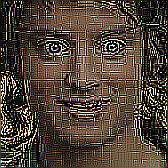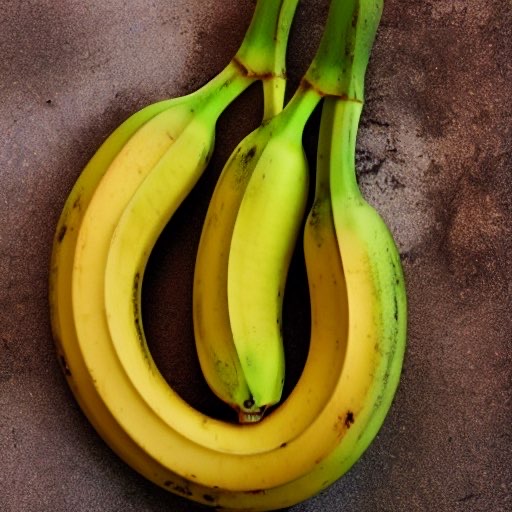xkcd #3115: Unsolved Physics Problems
Title text:
‘Tin pest’ makes more sense to me. Tin just doesn’t want to be locked down in a shape like that. I get it. But why would any metal want to grow hair??
Transcript:
Transcript will show once it’s been added to explainxkcd.com
Source: https://xkcd.com/3115/
Cursed unsolved math problems sounding like the beginning of a horror story:
You’re lost in a forest without a map and compass…
Does generalized moonshine exist?
What’s the longest snake you can jam into an n-dimensional hypercube?
I’m interested. Please elaborate!
Bellman’s lost in a forest problem: https://en.wikipedia.org/wiki/Bellman’s_lost-in-a-forest_problem
Generalized moonshine: https://en.wikipedia.org/wiki/Monstrous_moonshine#Generalized_moonshine if the moonshine phenomena also exists outside the monster group
Snake in a box problem: https://en.wikipedia.org/wiki/Snake-in-the-box
I thought long hair was a requisite for metal, especially headbanging.
That settles it. Nobel prize incoming.
A colleague of me did his PhD exactly on the last topic.
And does he know why? I’ve had to deal with it too often and it would be really nice to be able to expand RoHS to aerospace.
Deep in the coating, where the Cu6Sn5 [Remark: intermetallic phase of Sn coating and Cu substrate] is present, the deviatoric strain was high. This indicates that the growth of the intermetallic phase causes plastic deformation of the tin coating.
[…]
A short (4 micrometre) radial gradient in hydrostatic stress was observed around the root of the whisker. This gradient together with long-range diffusion from specific regions could provide the driving force for whisker growth.https://portal.research.lu.se/en/publications/tin-whiskers-experiments-and-modelling
Oh, but of course! The deviatoric strain, yes.
Did he found a cure for baldness?
There is no cure for baldness, else Bezos would have a mane.
Elon has hair plugs that admittedly look pretty good. I think Bezoa just lost his hair too quickly to fool anyone.
hair plugs that admittedly look pretty good.
Nah, it also doesn’t fool anyone. it looks like a toupee, except that he can’t take it off.
It looks better than his natural hair did
Well, if you are willing to coat your head with copper and some tin on top, you can grow yourself some tin whiskers. Yet, I don’t know if they make a good replacement for hair.
shaving is gonna be an adventure
No, but those zinc ingots now have great mustaches!
It’s missing the mistery of why it’s necessary to try three or more times to insert an USB A, when it only has two possible positions.
That’s a mathematics problem. Current theory of probability doesn’t account for cases where the probabilities are actively fighting against you. Once you’ve formulated the axioms of antagonistic conditional probability, you should be able to understand how USB-A ports work.
I’m more inclined to blame gremlins.
So you’re saying that if I stop feeding my mogwai after midnight I should be able to plug in my USB devices on the first try?
In Nordic folklore, there’s a concept for a household spirit (nisse/tomte) that may do mischievous tricks if you don’t treat it appropriately. If mathematics can’t solve this puzzle, it has to be a computer tomte that isn’t happy with your taste in RGB or how infrequently you run software updates.
Or you haven’t poured enough milk and porridge into your computer. Depends on the tomte
If you see sparks and smoke coming from the computer, you can be pretty sure you’re doing something wrong.
USB A actually has three positions, right side up, wrong side up, and fuck you.
That’s important and accurate information, Richard. Thank you.
Metals are crystals ao why wouldn’t they grow hairs? Probably just stray electrons and alignment issues lining up. Crystals do things, what’s the big deal?
Everything we know about the way metal crystals grow is against they growing up hairs.
I’m not sold on that. I am probably engineer over-generalizing rn, but I can totally see hairs growing as a result of directional growth rate differences and localized fluidity changes caused by the presence of defects in polycrystalline zinc exposed to an electron current.
There could also be a resonance phenomenon caused by waves in the current moving around imperfections the metal.
Maybe the metal atoms undergoing electron drift are guided by electric fields through the air to areas of differing voltage, a self-fulfilling short circuit.
I’m going to guess the challenge lies in isolating and observing these effects to figure out precisely what is going on.
Just to point, but the hairs appear wherever you put some electrical current on the metal or not.
Similarly, ice spikes. You can make em at home, and we really don’t understand how or why they form.
I think it’s been figured out for a while now? Essentially most of the surface freezes, except for a small hole. The spike forms from that hole since the water is pushed out before freezing (on the outside) leaving a hollow spike.
The rate of freezing is similar to the rate of extrusion, a spike can form.
I thought there was a relatively good explanation for ice spikes having to do with the volumetric expansion of water as it transitions phases from liquid to solid. Basically as an ice cube freezes there is a shell formed over the top surface and under the right circumstances it forms from the outside edges in leaving a hole, but then instead of the hole closing over ice starts forming downward into the bulk of the cube, pushing liquid water out of the hole which is then frozen into a protrusion










